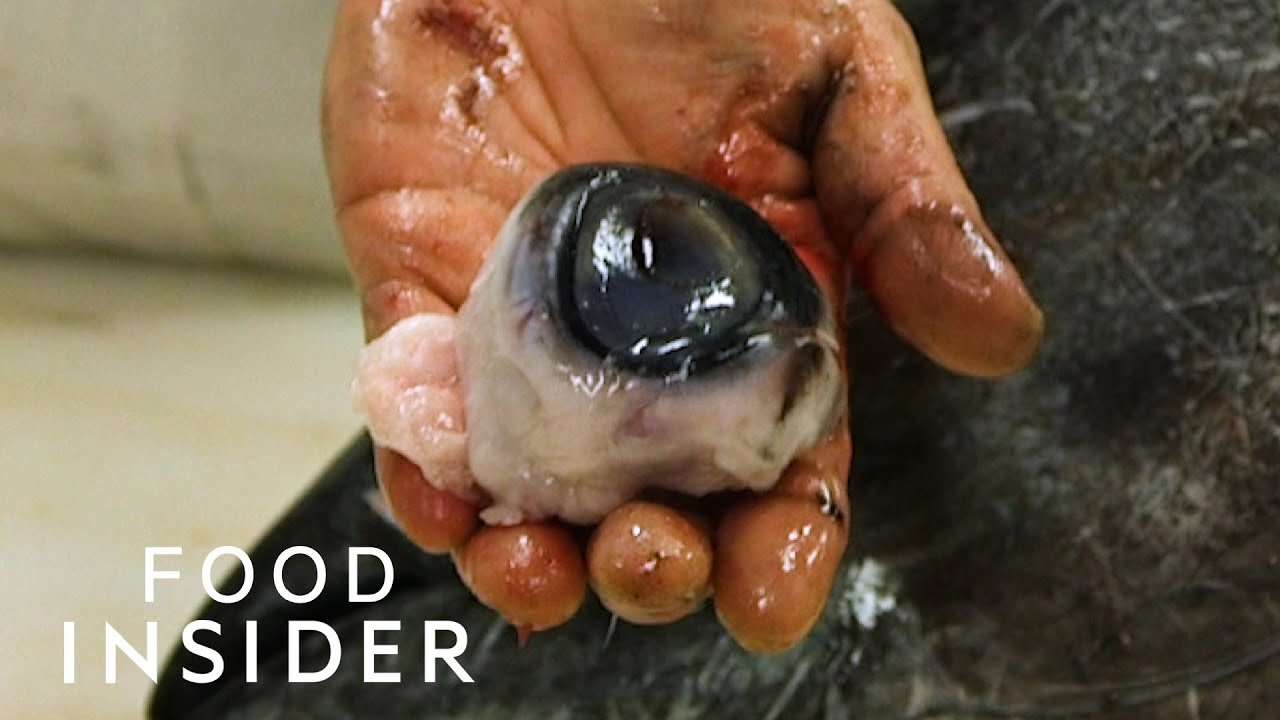

Learn more about Miranda Tilcock’s research at UC Davis. Fish eyeballs full#
Read the full study published in Methods in Ecology and Evolution. Credit: Courtesy Miranda Tilcock/UC Davis Credit: Courtesy Carson Jeffres/UC Davis Study lead author Miranda Tilcock pioneered a technique for freshwater fish that involves peeling its eye lenses to reveal its dietary and habitat history. Credit: UC Davis Carson Jeffres peels the eye lenses of a fish in Brazil to learn about its life history. Credit: Carson Jeffres The eye lens of a hatchery fish under a microscope. Check out a video and photos of the lab’s research below! Dissection of a tuna eye. Miranda Tilcock, assistant research specialist at the Center for Watershed Science at the University of California, Davis talks to Ira about why she goes to such gooey lengths to understand what these salmon eat. 
But to read that journal, you have to peel back the layers of the eye, like it’s the world’s tiniest onion. The saying goes, “The eyes are the window to the soul.” But for fish, the eyes are the window to the stomach.Īs one California biologist recently learned, the eyes of Chinook salmon are like a tiny diet journal of everything it ate. Taken on Wednesday Februat Knaggs Ranch in the Yolo Bypass. (Left to right) Nick Corline, Miranda Tilcock, and Emma Cox work on releasing the baby fish in a pen during the release of hundreds of baby salmon, hatchery and Feather River raised, into several plots of rice farm.






 0 kommentar(er)
0 kommentar(er)
